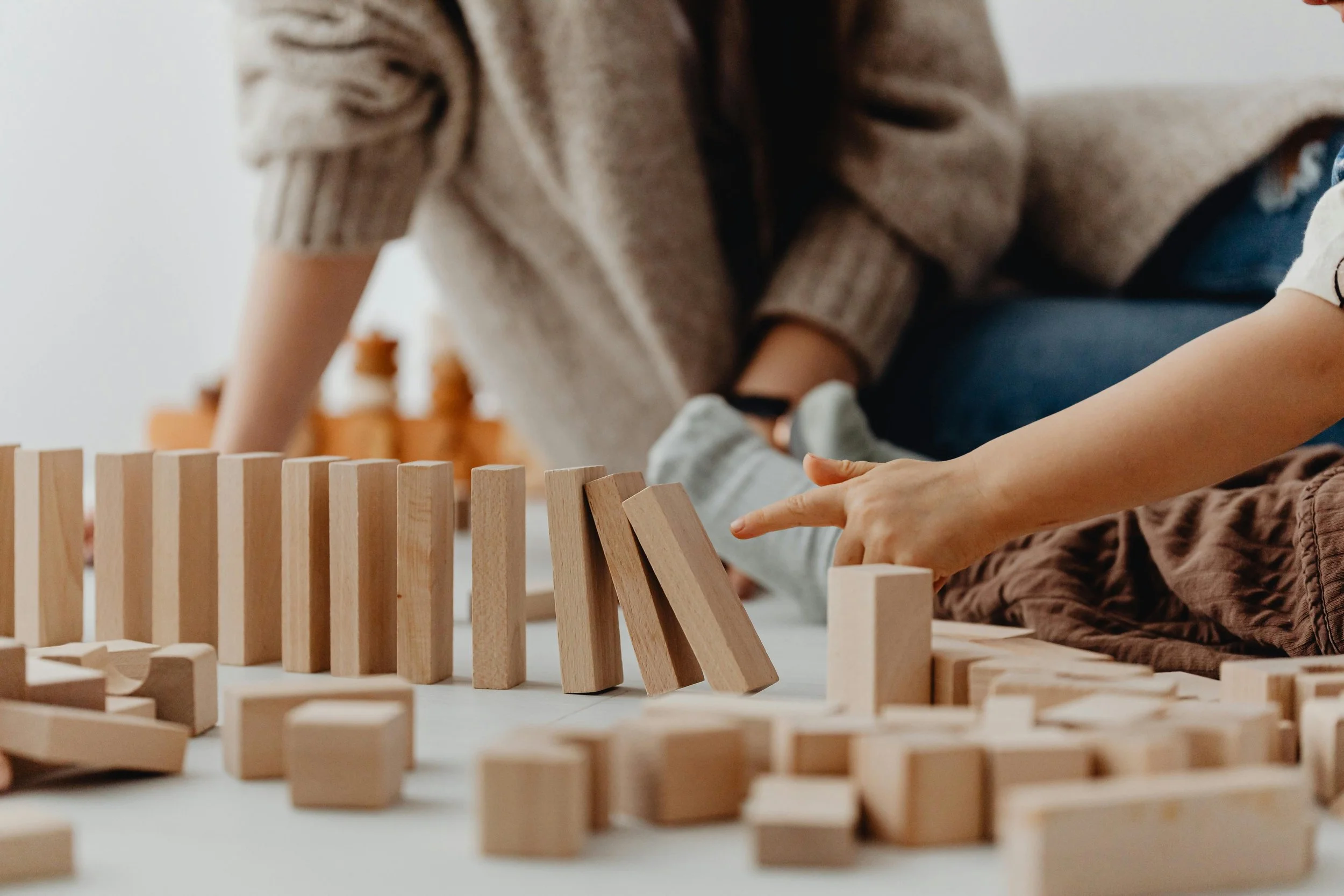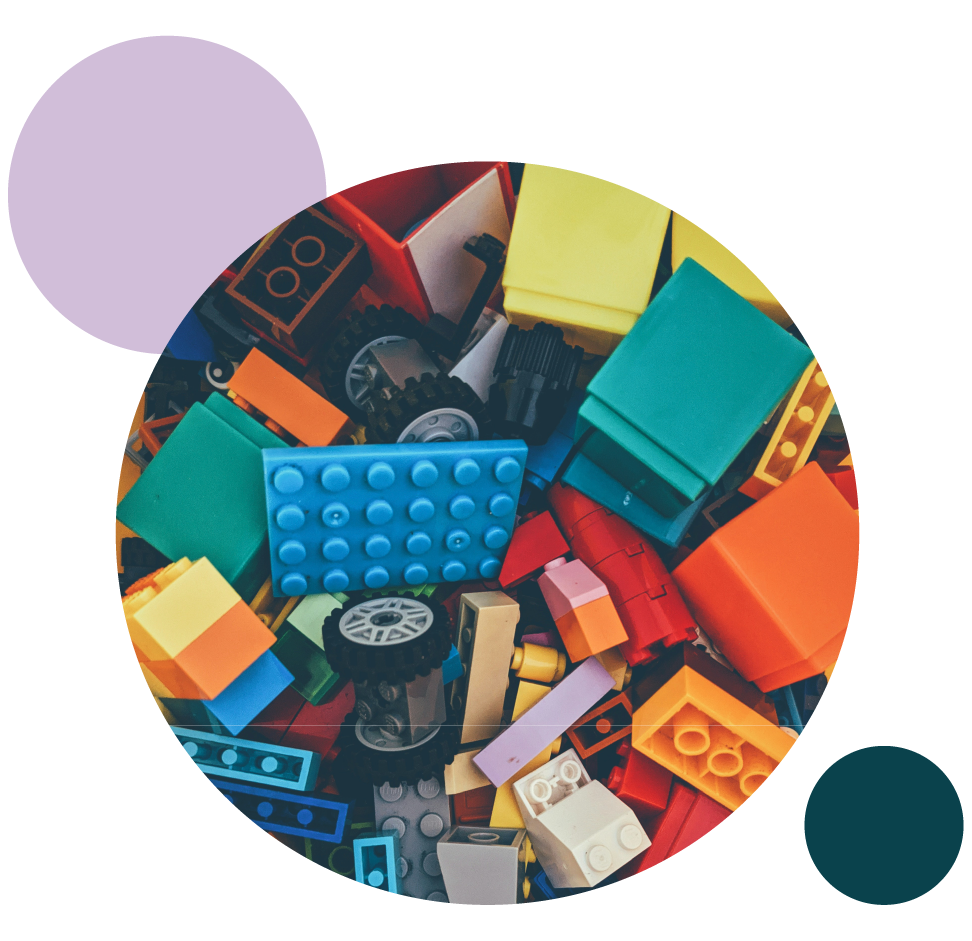
For PCIT Providers
Resources for PCIT International-certified therapists.
Continuing Education
PCIT International was founded by Dr. Sheila Eyberg, developer of PCIT, to promote its implementation. Today, thousands of therapists around the world rely on PCIT International.
For PCIT Therapist Resources, PCIT International certified therapists and trainers are invited to join our Basecamp community—a collaborative space offering support, continuing education opportunities, clinical resources, and connection for PCIT providers.
To request access, please complete the form by clicking on the button below, or reach out to your PCIT trainer.
Resources on Basecamp
PCIT Room Set Up and Treatment Materials
PCIT Provider Materials/Handouts
Anti-Racism Resources for PCIT Professionals
PCIT Research
Parent-Child Interaction Therapy (PCIT) is one of the most extensively researched interventions for young children presenting with disruptive and challenging behaviors. Across decades of rigorous study, PCIT has consistently demonstrated strong and lasting outcomes for families.
-
The California Evidence-Based Clearinghouse has rated PCIT as “Well-Supported by Research Evidence” for treating disruptive behavior in children ages 2 to 7. Both the Centers for Disease Control and Prevention (CDC) and the Substance Abuse and Mental Health Services Administration (SAMHSA) have listed PCIT among the most effective interventions for addressing behavioral and emotional difficulties. Under the federal Families First Prevention Services Act (FFPSA), states are permitted to use Title IV-E funding to support PCIT services, underscoring its high level of evidence and impact in child welfare systems.
-
Originally developed in the late 1970s, PCIT has evolved through decades of research and clinical application. Hundreds of peer-reviewed studies published in respected psychology and pediatric journals have established its effectiveness. Recent randomized controlled trials and meta-analyses confirm that PCIT not only reduces externalizing behaviors but also helps decrease parenting stress, improve parent-child attachment, and support positive outcomes in complex clinical contexts, including ADHD, anxiety, trauma histories, and foster care placements.
PCIT’s reputation is built on clear evidence that it works. Providers who implement PCIT frequently report that parents leave treatment with more confidence, improved skills, and stronger relationships with their children. Its structured format helps ensure consistent delivery and measurable progress. -
For clinicians interested in exploring the latest research on PCIT, the following recent studies offer valuable insights:
Calderone et al. (2025). Parent-Child Interaction Therapy for Disruptive Behavior: A Systematic Review of Effectiveness in Different Settings. Journal of Clinical Medicine.
Jent et al. (2023). An 18-week model of Parent–Child Interaction Therapy: Clinical approaches, treatment formats, and predictors of success for predominantly minoritized families. Frontiers in Psychology.
Phillips et al. (2024). The Efficacy of PCIT for Youth with ADHD: A Meta-Analysis. Child Psychiatry & Human Development.
Phillips & Mychailyszyn (2021). A Review of PCIT Applications for Youth Anxiety. Children and Youth Services Review.
Skowron et al. (2024). Randomized trial of PCIT in child welfare settings. Journal of Consulting and Clinical Psychology.
These publications provide a deeper understanding of how PCIT can make a meaningful difference in clinical practice.
Longitudinal research, including Hood and Eyberg (2003), has shown that treatment gains from PCIT are sustained over several years, with families maintaining improvements in child compliance, emotional regulation, and parental discipline strategies well beyond therapy completion.
PCIT's adaptability has also been confirmed through studies on telehealth delivery models (e.g., Comer et al., 2017), demonstrating comparable outcomes to traditional in-person treatment, thereby broadening access without sacrificing clinical effectiveness.
Recognized by national bodies such as the National Child Traumatic Stress Network (NCTSN) and the California Evidence-Based Clearinghouse for Child Welfare (CEBC), PCIT consistently ranks among the top interventions for young children with disruptive behavior disorders, trauma exposure, and caregiver relationship challenges.
As one of the most studied evidence-based therapies for young children, PCIT offers clinicians a research-backed, scalable, and sustainable intervention to achieve long-term positive outcomes in family systems.
-
Comer, J. S., Furr, J. M., Cooper-Vince, C. E., Madigan, R. J., Chow, C., Chan, P. T., Idrobo, F., Chase, R., & Eyberg, S. M. (2017).
Parent-child interaction therapy for youth with oppositional behavior: A meta-analysis of standard and intensive applications. Journal of Consulting and Clinical Psychology, 85(11), 1027–1040. https://doi.org/10.1037/ccp0000245Eyberg, S. M., & Robinson, E. A. (1982).
Parent-child interaction training: Effects on family functioning. Journal of Clinical Child Psychology, 11(2), 130–137. https://doi.org/10.1080/15374418209533076Hood, K. K., & Eyberg, S. M. (2003).
Outcomes of parent-child interaction therapy: Mothers' reports of maintenance three to six years after treatment. Journal of Clinical Child and Adolescent Psychology, 32(3), 419–429. https://doi.org/10.1207/S15374424JCCP3203_10Niec, L. N., Barnett, M. L., Prewett, M. S., & Shanley Chatham, J. R. (2016).
Group parent–child interaction therapy: A randomized control trial for the treatment of conduct problems in young children. Journal of Consulting and Clinical Psychology, 84(8), 682–698. https://doi.org/10.1037/ccp0000100Thomas, R., & Zimmer-Gembeck, M. J. (2007).
Behavioral outcomes of Parent-Child Interaction Therapy and Triple P—Positive Parenting Program: A review and meta-analysis. Journal of Abnormal Child Psychology, 35(3), 475–495. https://doi.org/10.1007/s10802-007-9104-9





